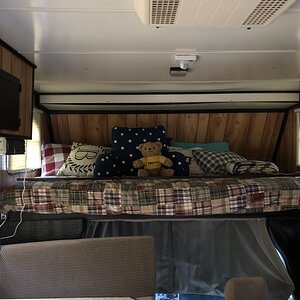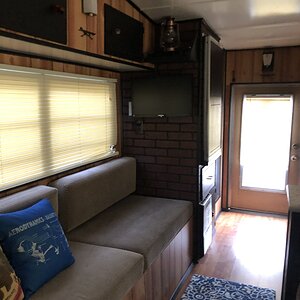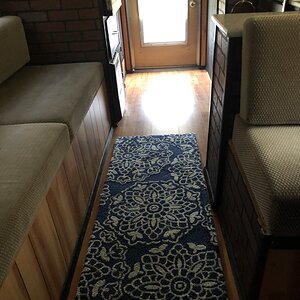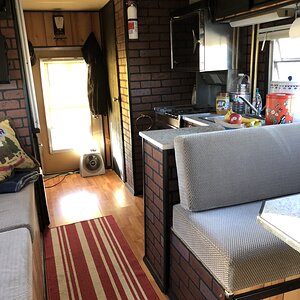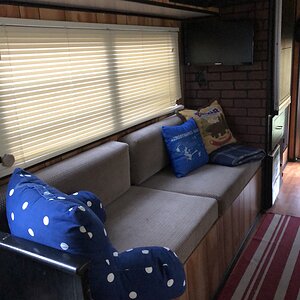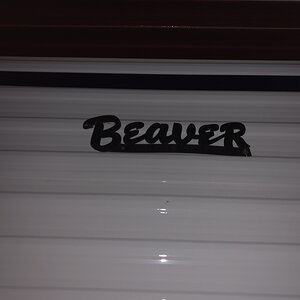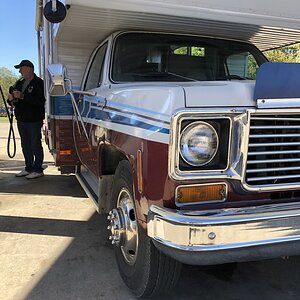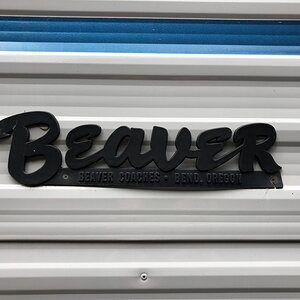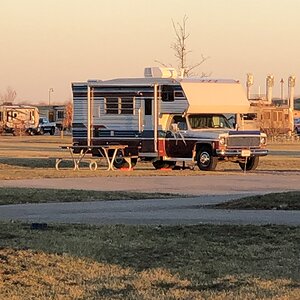Navigation
Install the app
How to install the app on iOS
Follow along with the video below to see how to install our site as a web app on your home screen.
Note: This feature may not be available in some browsers.
More options
Welcome to RVForums.com
- Register now and join the discussion
- Friendliest RV Community on the web
- Modern site for PC's, Phones, Tablets - no 3rd party apps required
- Ask questions, help others, review campgrounds
- Get the most out of the RV Lifestyle
- Invite everyone to RVForums.com and let's have fun
- Commercial/Vendors welcome
You are using an out of date browser. It may not display this or other websites correctly.
You should upgrade or use an alternative browser.
You should upgrade or use an alternative browser.
Question Inverter Technology
- Thread starter joeg
- Start date
Gronk
RVF Expert
- Joined
- Nov 13, 2019
- Messages
- 894
- Location
- Where ever I park it
- RV Year
- 2017
- RV Make
- Salem
- RV Model
- Hemisphere 346RK
- RV Length
- 38'
TJ&LadyDi
RVF "Dinosaur"
As @Gronk indicates, the inverter is only part of the equation; the available battery capacity is the other main factor. Apparently, your travel trailer doesn't currently have an inverter, and was likely designed to not really need one. If you have added appliances, etc. that require 120 VAC power, then I can see the need for an inverter.
Let's be clear on what an inverter does; it simply converts DC battery power to AC power similar to that found in houses. When doing so, it follows the laws of physics in that converting one form of electric power to another (DC to AC) doesn't add power, it just changes the form of the energy. And, there is actually a LOSS in the transformation process.
So, we need to know how much battery power (DC) you will have available to convert to AC, and what the amperage draw of the AC appliances you intend to power. The size of the inverter needs to be based on those factors.
TJ
Let's be clear on what an inverter does; it simply converts DC battery power to AC power similar to that found in houses. When doing so, it follows the laws of physics in that converting one form of electric power to another (DC to AC) doesn't add power, it just changes the form of the energy. And, there is actually a LOSS in the transformation process.
So, we need to know how much battery power (DC) you will have available to convert to AC, and what the amperage draw of the AC appliances you intend to power. The size of the inverter needs to be based on those factors.
TJ
Kevin D Pem
RVF 1K Club
- Joined
- Jul 29, 2020
- Messages
- 4,826
- Location
- AZ
- RV Year
- 1984
- RV Make
- Alpinelite
- RV Length
- 26'
- TOW/TOAD
- 2016 Ram 1500
- Fulltimer
- Yes
I have use an inverter in every RV I have owned from 2000 on. Don't buy anything that is not "pure sine, true sine" inverters. If you have an occasional load that requires a 3000 watt supply then that is a good choice for an inverter. Inverter generators in the 2000 watt size is common in all makes but are useless if you need more than 2000 watts unless you have a inverter that will start your load.
The batteries like stated above are important but can also be used to supplement the converter system to power such large loads. Without going into to much depth by using a larger inverter, moderate battery bank and a generator to charge the battery bank you will have turned your RV into a large capacity inverter generator. Looking at the spec sheets of most inverters the standby power is about the same no matter what size so no matter the size the power used will not change much and they only use the power that you require of them plus the standby power.
When I used High frequency, High voltage inverters I used 3000w inverters. When used 24/7 the way I do, they only last under 2 years.
I now use low frequency, low voltage inverters. My inverter now is rated at 1800 watts and will start those items that used to require a 3000 watt inverter of the other style. The life of the low frequency, low voltage inverters are 10 years.
The advantage to inverters is you buy once for what you need. You can charge the batteries with small generators from a poorboy generator like mine that uses a 60A auto generator with 24 volt output and a 3.5hp gas motor. or you can use a 115volt generator from a honda 1000i to ????watts like my Craftsman 3200i generator. You can watch your TV after quiet time without breaking any rules. You can expand your system to include more batteries and future expansion with Solar.
In summary: If you buy big you can use items that require more power than the generator size allows. Keeping in mind that at some point the battery bank will run out of steam, so we are talking about burst use here or another way of saying it is short duty cycle. If you buy low frequency low voltage inverter the cost will be paid over the 10 year + life compared to the 2 year life of what is called an auto inverter( high frequency, high voltage. small size light weight inferior units). I don't believe brand is important. Always buy an inverter that produces a true sine wave.
Hope that helps.
The batteries like stated above are important but can also be used to supplement the converter system to power such large loads. Without going into to much depth by using a larger inverter, moderate battery bank and a generator to charge the battery bank you will have turned your RV into a large capacity inverter generator. Looking at the spec sheets of most inverters the standby power is about the same no matter what size so no matter the size the power used will not change much and they only use the power that you require of them plus the standby power.
When I used High frequency, High voltage inverters I used 3000w inverters. When used 24/7 the way I do, they only last under 2 years.
I now use low frequency, low voltage inverters. My inverter now is rated at 1800 watts and will start those items that used to require a 3000 watt inverter of the other style. The life of the low frequency, low voltage inverters are 10 years.
The advantage to inverters is you buy once for what you need. You can charge the batteries with small generators from a poorboy generator like mine that uses a 60A auto generator with 24 volt output and a 3.5hp gas motor. or you can use a 115volt generator from a honda 1000i to ????watts like my Craftsman 3200i generator. You can watch your TV after quiet time without breaking any rules. You can expand your system to include more batteries and future expansion with Solar.
In summary: If you buy big you can use items that require more power than the generator size allows. Keeping in mind that at some point the battery bank will run out of steam, so we are talking about burst use here or another way of saying it is short duty cycle. If you buy low frequency low voltage inverter the cost will be paid over the 10 year + life compared to the 2 year life of what is called an auto inverter( high frequency, high voltage. small size light weight inferior units). I don't believe brand is important. Always buy an inverter that produces a true sine wave.
Hope that helps.
Wow! Thanks for the feedback everyone. So I read about pure sine and it makes perfect sense given the components we are planning on using the inverter for. Looking to be off grid (National/State Parks) and still be able to plug in the DVR and watch TV or if cell signal is strong enough cast Netflix etc. Considering solar as well as generator but will need to convert DC to AC. We did purchase a second battery and your going to ask me what size and I cannot tell you at this point as I do not know
Gronk
RVF Expert
- Joined
- Nov 13, 2019
- Messages
- 894
- Location
- Where ever I park it
- RV Year
- 2017
- RV Make
- Salem
- RV Model
- Hemisphere 346RK
- RV Length
- 38'
Similar threads
Latest resources
-
-
Trueline Leveling System (Valid Air)Operation & Service Manuals for the Valid Air leveling system
- Jim
- Updated:
-
-
Notes on the Electrical Systems of the Roadtrek Zion Family of RVsNotes on the Electrical Systems of the Roadtrek Zion Family of RVs
- dilbertjth
- Updated:
-



